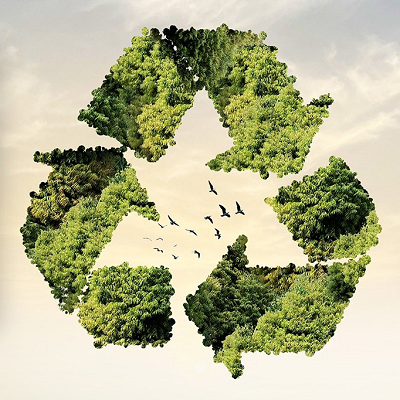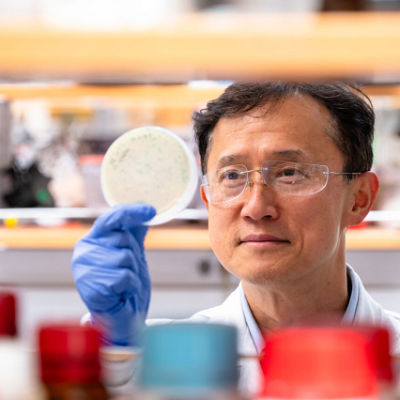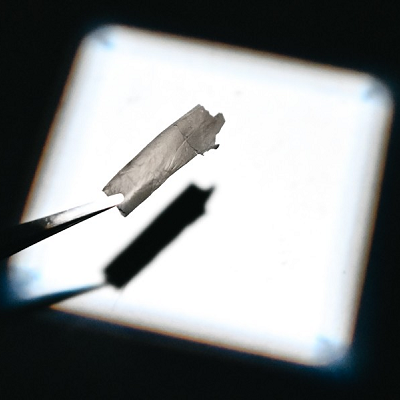Because of this, safety by design is a core part of the Graphene Flagship’s innovation journey.
The most crucial factor for assessing the toxicology of a material is to fully characterise it with safety in mind. To this end, the Graphene Flagship published a detailed safety assessment of graphene and layered materials and its effects on human health and the environment. The study investigates various methods of production and characterisation and considers a number of different materials whose biological effects depend on their inherent properties.
"One of the key messages is that this family of materials has varying properties, and thus displays varying biological effects. It is important to emphasise the need not only for a systematic analysis of well-characterised graphene-based materials, but also the importance of using standardised in vitro or in vivo assays for safety assessment," explains lead author Bengt Fadeel from the Karolinska Institute, a Graphene Flagship partner in Sweden.
“This review correlates the physicochemical characteristics of graphene and layered materials to their biological effects. A classification based on the lateral dimensions, number of layers and carbon-to-oxygen ratio allows us to describe the parameters that can alter graphene's toxicology. This can orient the future development and use of these materials,” explains Alberto Bianco, from Graphene Flagship partner CNRS, France, deputy leader of the Health and Environment Work Package.
The paper gives a comprehensive overview of all aspects of graphene’s impact on health and the environment, focusing on the potential interactions of graphene-based materials with key target organs including the skin, lungs, immune system, cardiovascular system, gastrointestinal system, central nervous system and reproductive system, as well as a wide range of other organisms including bacteria, algae, plants, invertebrates and vertebrates in various ecosystems.
“One cannot draw conclusions from previous work on other carbon-based materials, such as carbon nanotubes, and extrapolate this to graphene. Graphene-based materials are less cytotoxic when compared to carbon nanotubes and graphene oxide is readily degradable by cells of the immune system,” Fadeel comments.
Andrea C. Ferrari, Science and Technology Officer of the Graphene Flagship, adds that “understanding any potential health and environmental impacts of graphene and layered materials has been at the core of all Graphene Flagship activities since day one. This review provides a solid guide for the safe use of these materials, a key step towards their widespread utilisation, as laid out by our Innovation and Technology Roadmap.”
Read the original article on Graphene Flagship.







